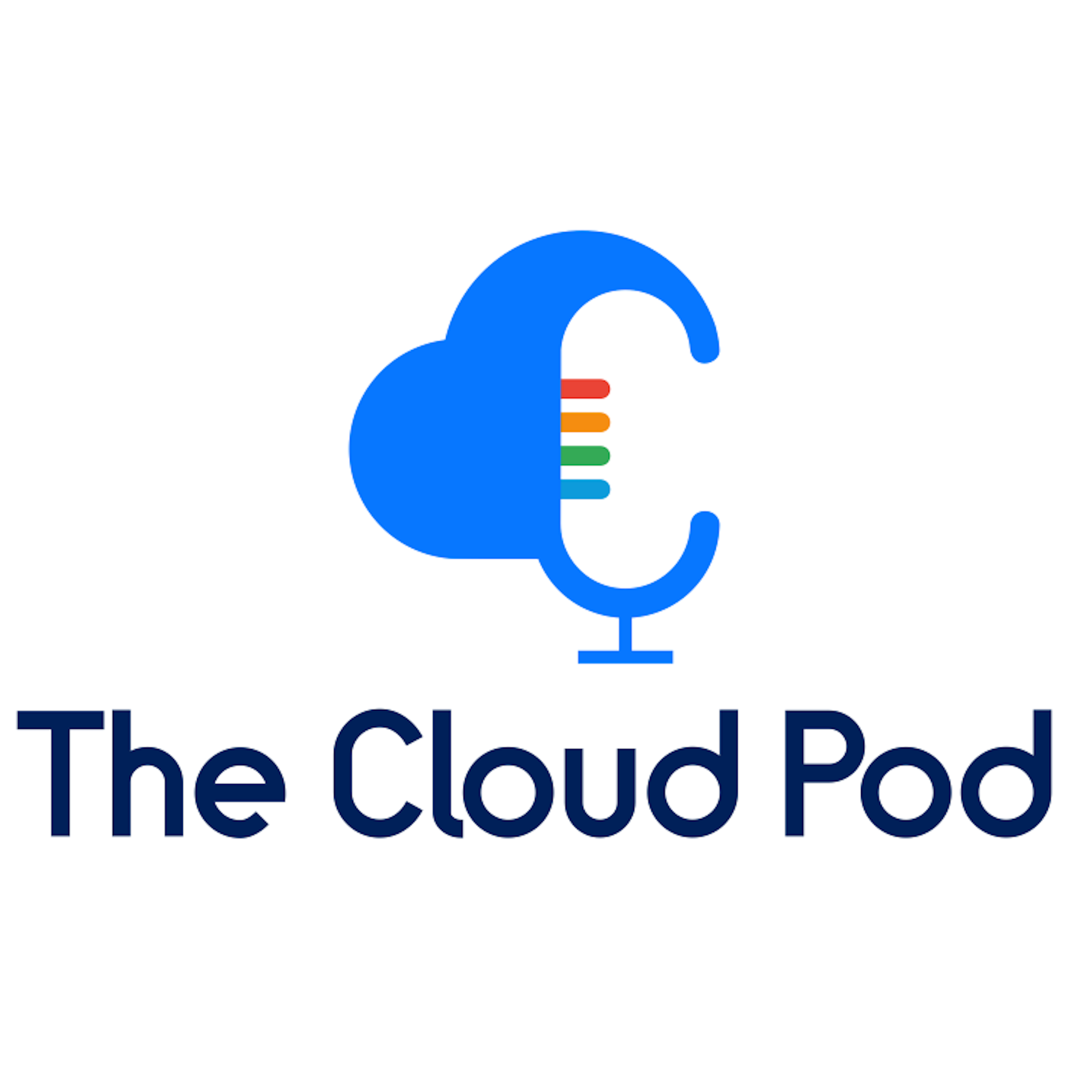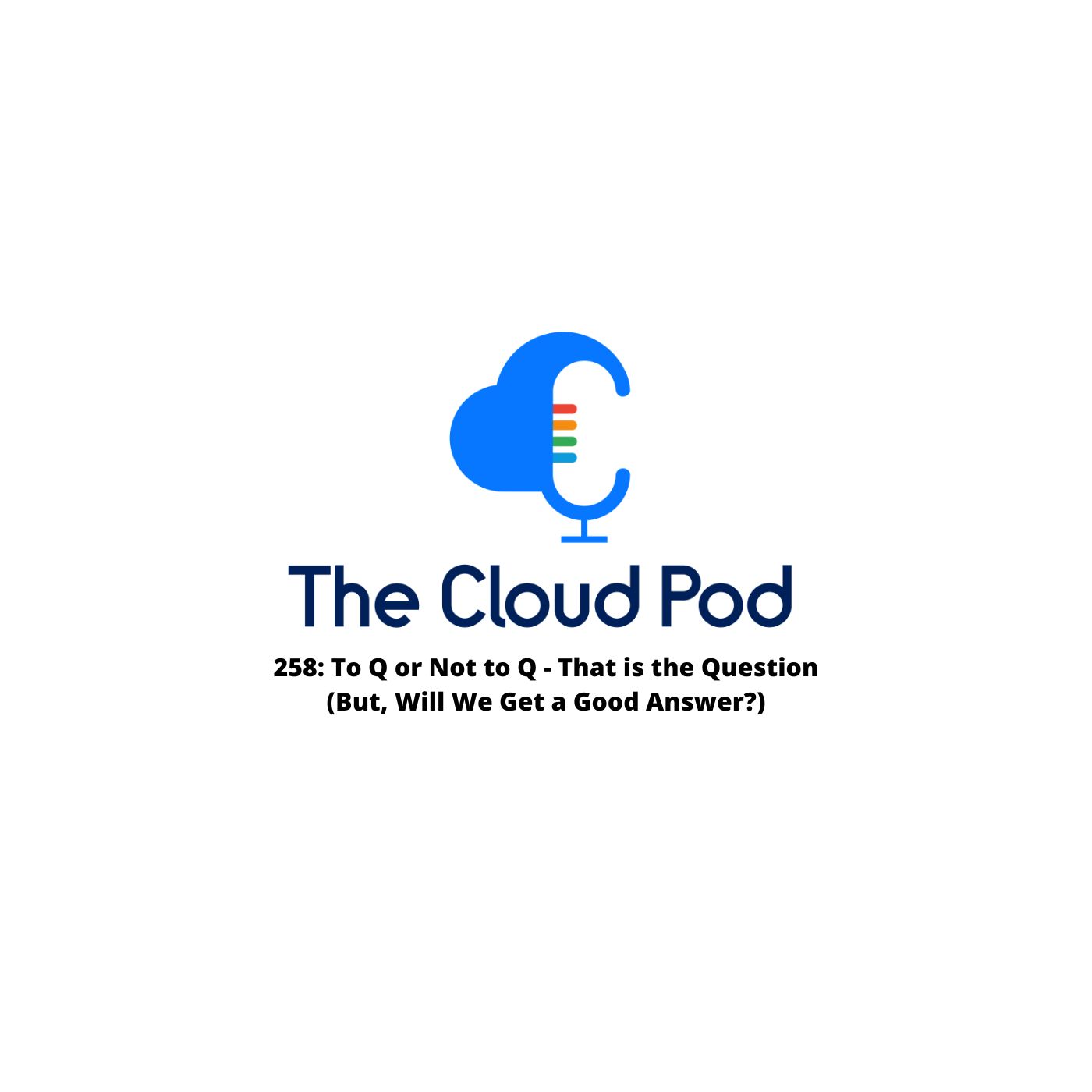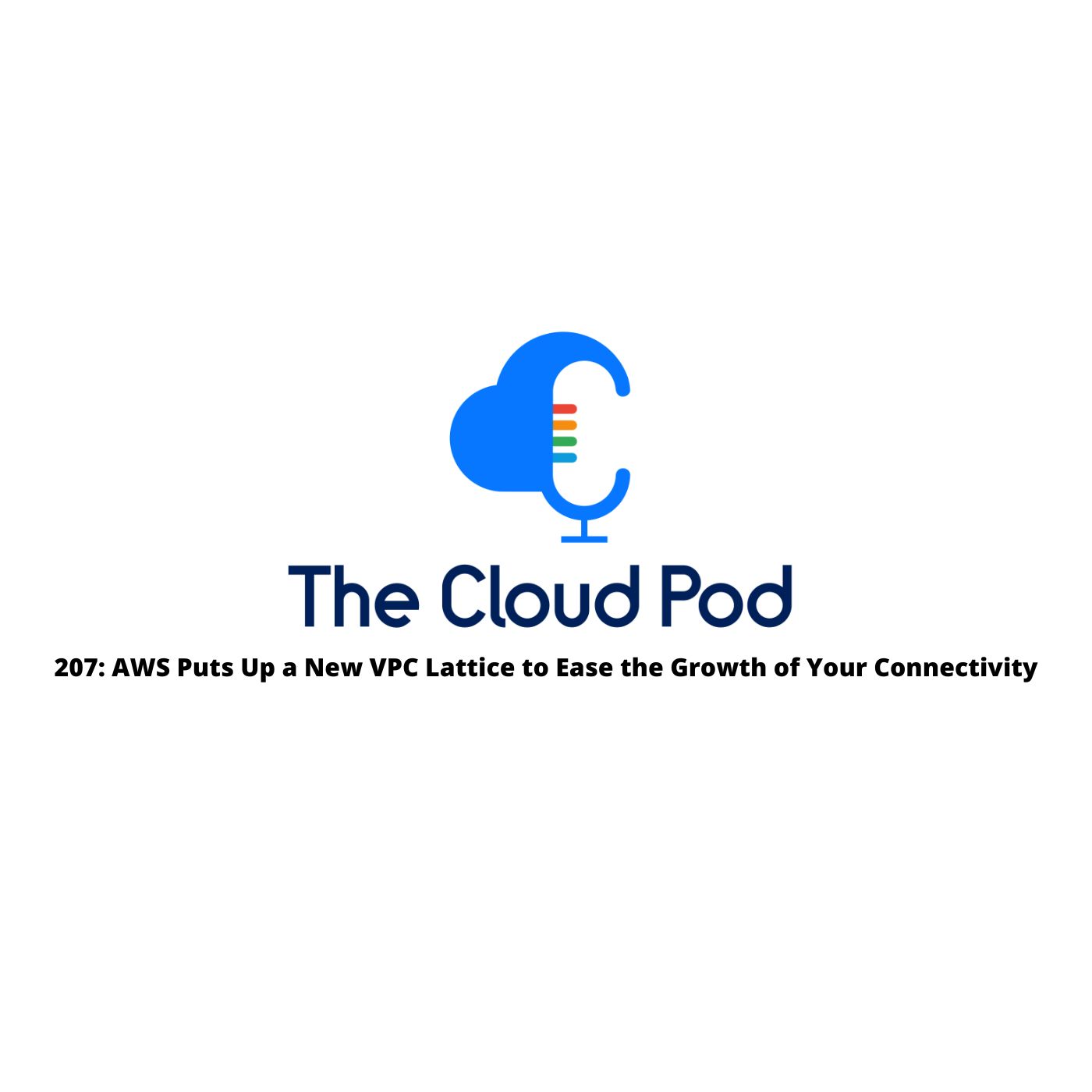01:21 IBM acquires hybrid cloud software company Apptio for $4.6B
2:30Ryan – “The last time I played with Apptio was very early in my cloud experience and Apptio was struggling to understand how to sort of port their methodologies into cloud. It worked really well in the data center and for IT shops, for tracking assets and managing visibility into cost and financials there, but it really struggled with stuff like dynamically changing instance groups and that sort of thing. It made sense when they bought Cloudability, and I haven’t played with it since.”
04:39 Justin goes to FinopsX!
06:10Justin – “I did have an opportunity to talk to some startups. they’re on the floor and they’re thinking about kind of the next generation and what that looks like and you’re really talking about bringing AI and LLM technology into FinOps and how do you get beyond the basics of it. I think we’re at this kind of cusp of the end of the Gen 1 era… I suspect that we’re in for a bunch of FinOps and capabilities coming out of these vendors as they try to figure out what their v2 is, and potentially new startups that are going to come in and be disruptive to the Gen 1 players, because I think it’s a commodity, which was my big takeaway from the conference in general. It was good. It was a nice time. I definitely recommend going if you’re in the FinOps space.”
08:07 Ryan – “I’m waiting for the first one of these players to really get the data enrichments, like AI generated data enrichment of your resources. The first person who cracks that in a reliable, useful fashion. I think it’s going to change the way we do business. Cause I think there’s a lot of business decisions we make on incomplete data, and I think that once that data is more complete and you can turn something loose – to do it at a very large scale. I think it’s gonna change a lot about what we think of our businesses, how they run, how healthy they are, what things cost.”
Join us at FinOps X next year, and tune into The Cloud Pod in the months leading up to June – we’ll be sure to keep you updated on everything you need to join the fun in San Diego.
15:03 Ryan- “I think the reason why none of us have ever used this tool is because we don’t actually like supporting cloud adoption in this way. This is a lift and shift methodology and this just isn’t a problem I have with lift and shift methodology. There’s a lot of tools available and generally when I’m looking at cloud adoption, even in a lift and shift scenario, I’m trying to encourage better CI and CD and deployment automation and those types of things. And I feel like this is sort of a cheat around those things where you don’t have that. And so I *get* it, but I do worry about what happens day three after you use this tool.”
17:29Matt – “It can be good, I guess, for like, ‘Hey, we got 80% of our environment and we have this one legacy system that we just need to move.’”
18:22 Generative AI with Large Language Models — New Hands-on Course by DeepLearning.AI and AWS
19:29 Ryan – “This is the type of course that, you know, would help to step in a career, right? As technology moves on, as the ecosystem is changing, if you don’t keep up – like if we don’t learn AI – we are gonna sort of not understand what goes on in a couple of years. It’s just gonna be the nature of the business. It’s gonna be everywhere and ubiquitous and have influence everywhere. And so I love these courses for getting into some of these things at the ground level.”
22:23 New AWS AppFabric Improves Application Observability for SaaS Applications
25:46Justin – “Yep, well, it’s like everyone was into NFTs and crypto stuff and Web 3.0 and then that all failed and then it was meta and meta universe and all that. Now we’re into the chat GPT will save the world and the economy world and so everyone’s gotta have features in that space.”
28:58 Deploying state machines incrementally with versions and aliases in AWS Step Functions
29:32 Ryan – “So my fellow podcast hosts were like, we can get rid of this one. This isn’t it. And I’m like, no, this is super awesome, guys. And I realized how much of a nerd I sounded like.”
29:41 Justin- “I thought this already existed! I just thought this already existed because lambdas under the hood, which is kind of what I’ve always used step functions with, you know, already have that. So when we talked about it, I guess I was just surprised that it didn’t exist.”
14:26 Expanding 24/7 multilingual support: Now in Mandarin Chinese and Korean
33:41 Azure Virtual Network encryption – now in Public Preview!
33:58 Justin – “This is one of those features that you have for your application – that isn’t owned by you – and you need to encrypt it for a security compliance reason. And now you have an option, so I appreciate that.”
34:07 Ryan – “Or that one thing that’s still running on like a 2012 server and you can’t move it off because it’s not supported on a more modern thing, but it comes up in the security audit every single time.”
34:34 Matthew – “And in true Microsoft fashion, it’s in public preview, so you have a little while until it’s *actually* usable.”
35:37 Ryan – “Yeah, I feel like the preview is really, especially in GCP and Azure is a way to sort of not be bound by SLA, right? it’s more contractual than it is about the product and the functionality of the app.
36:26 Ryan – “I mean, now in the Google space, though, we have to worry about something being in preview for years and then going general available and then get sold to Squarespace. So…”
36:55 The Modernization Imperative: Shifting left is for suckers. Shift down instead
38:22 Justin – “ So there is an overall kind of thread that you’ll see on Twitter occasionally, or other subreddits ( if you’re still using that) that basically say, you know, shift left is failing us as an industry, and it’s not getting the value we want, it’s not increasing the productivity we want, and it’s not really working. I don’t agree with that, I think shift left is working if it’s done right… I’m intrigued mostly in this article about the idea of shift down, which is something I advocate for all the time. Managed services are something I love, because it takes away toil from my teams, and allows us to focus on things that matter. And so I do encourage this capability of shifting down to your managed service to help ease your burden, but shifting left, I still think has value.”
42:05 Ryan- “One point of the article I don’t agree with – I don’t think anyone is expecting a single person to do all the things. But I think that the important part to remember – with a full stack engineer – and that is, don’t define yourself in the boundaries. There’s gonna be, just like any engineering team, if you’re solely focused on the front end, there’s people that are gonna understand frameworks and technologies. at different levels of experience. You’re gonna have React experts and Rails experts and those things. So it’s no different, but the differences between full-stack engineers is that you’re not tossing anything over a wall. You may not know, but it’s still on you to go figure it out. And so leverage your team, leverage your peers. I don’t think we’re expecting everyone to know these things and be experts in these things, but the idea that… You have to know every technology front to end is ridiculous.”
And that is the week in the cloud! We would like to thank our sponsors Foghorn Consulting. Check out our website, the home of the cloud pod where you can join our newsletter, slack team, send feedback or ask questions at thecloudpod.net or tweet at us with hashtag #thecloudpod

Kubecon is happening in Barcelona, Spain, VMWare purchases bitnami, Apptio buys Cloudability and a ton of Kubernetes announcements out of KubeCon this week on...

Welcome to episode 258 of the Cloud Pod podcast – where the forecast is always cloudy! This week your hosts Justin, Matthew, and Jonathan...

AWS Puts Up a New VPC Lattice to Ease the Growth of Your Connectivity AKA Welcome to April (how is it April already?) This...